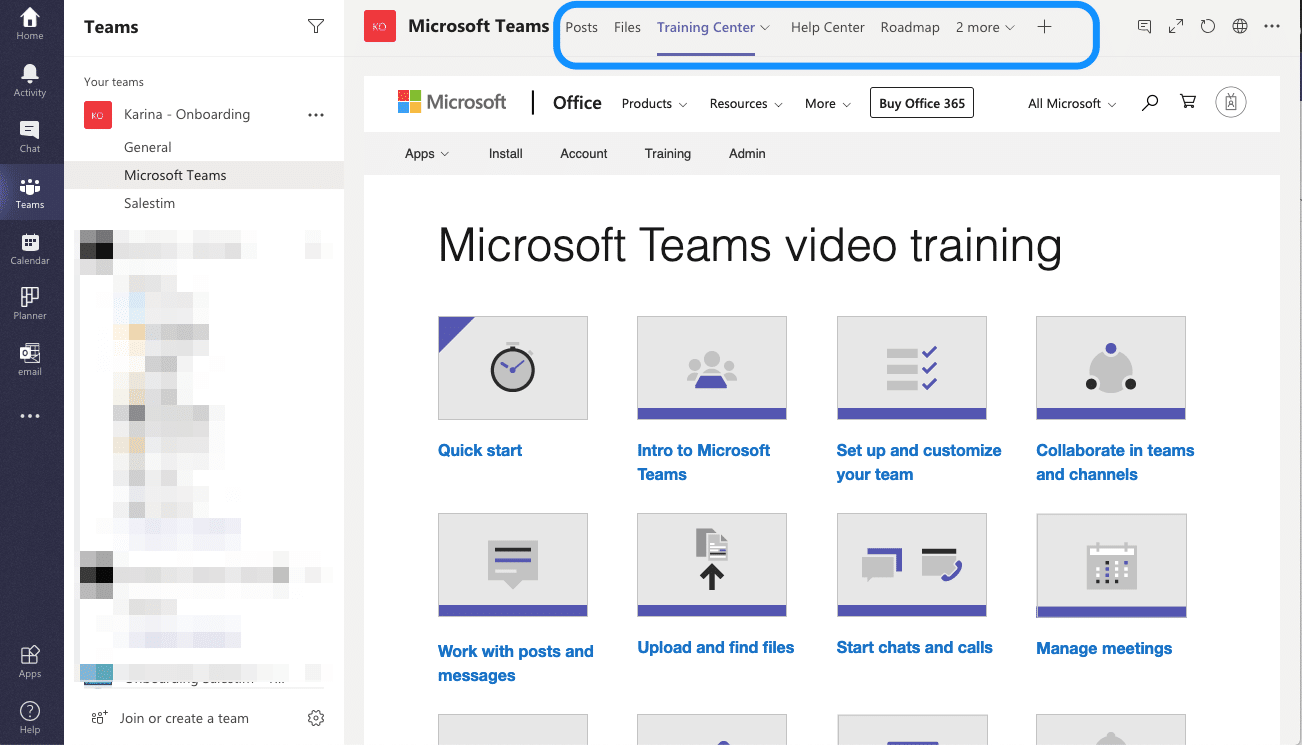It’s been over a year since the COVID-19 pandemic took over the world and changed our daily routines from grocery shopping to gym workouts. Remote work and study became the new norm, and we had little to no time to adjust to it. Chatting online came to replace talking to your colleagues and meeting rooms were substituted by virtual meetings. Regardless of the industry, switching to online working mode was a challenge (still remains so). Team leaders along with HR managers and IT departments had to think on their feet and make the transition to remote working as easy as possible. As a result, remote employee experience became a major concern.
A year later, it seems like most teams have established the basics of remote employee experience. So now it’s time to improve it. Remote work was certainly popularized (or rather mandated) during COVID-19, but it existed before the pandemic. Using the wisdom of pre-COVID remote teams and the lessons learned from this past year and a half, let us share with you five ways to improve remote employee experience.
#1 Establish clear communication guidelines
People can’t just pop up in your office to ask a quick question and get an instant response. Now, team members can get in touch with one another through various means – email, instant messaging apps, calls, texts, etc. Receiving notifications via all these different platforms can become quite overwhelming very quickly. So, if you haven’t already, make sure to design and implement clear communication guidelines. This includes:
- The primary communication channel (e.g. email, Microsoft Teams, Slack, etc.).
- The roles of each communication channel in case you’re using more than one. For example, what is appropriate for instant messaging apps and what should be reserved for emails.
- Main hours when everyone should be available (if there are any)
- Reasonable wait time (in other words, how long can you not respond).
As a part of your communication guidelines, you can also create chains of communication. This is particularly useful for new employees, who need to understand who is responsible for what. Plus, remote work poses new challenges for old employees. It’s helpful for them as well to have a communication chain in hand in case they encounter unprecedented problems. The chain should outline who you contact in case of a particular issue. It should also have the contact information of these people/departments, their working hours and preferred method of communication.
#2 Mass emails and announcements vs. online meetings
At one point everyone who worked remotely had “an online meeting overdose.” Especially in the earlier months of the pandemic when working from home was new to everyone, it seemed like holding an online meeting was the best way to recreate a physical workspace. And just like that, we found ourselves going from one meeting to another all of which lasted unreasonably long. This trend still continues and it’s one of the top things that affect remote employee experience negatively. Therefore, it’s very important that managers figure out the fine line between mass emails and announcements, and online meetings.
Online meetings take a significant amount of working hours, so when you hold one, make sure that it’s actually needed. There are a lot of things that can be conveyed via a mass email or an announcement if you’re using a virtual working platform. There was a famous meme a while back that read “a meeting without food should be an email.” Apply a similar logic to online meetings. Here are some questions that will help you determine whether you need to schedule an online meeting or send out an email:
- What is on the agenda?
- Is it going to be interactive, or will you be doing most of the talking?
- Do you expect a lot of questions and comments?

How to organize effective online meetings
If you do decide that a meeting is needed, the next thing on your to-do list is ensuring that only the absolutely necessary people join it. It’s also critical that you keep the meeting under one hour. The ideal length of virtual meetings is between 30 to 60 minutes. If there are no confidential conversations, you can also record your meetings. Most online conferencing platforms like Microsoft Teams allow you to record and share the meeting. With Microsoft Teams, you can also share the transcript. Those who missed the meeting can easily catch up using these resources.

Another good practice for online meetings is dedicating a specific day or days in the week for them. For example, you can start and end the work week with meetings – for most teams that would be Monday and Friday.
#3 Centralize everything in a collaborative platform
Working remotely means there is no physical working space. But in this day and age, you can create a digital working space, which will make the work of your teams so much more organized. In your quest to improve remote employee experience, your next stop is choosing a virtual hub for team collaboration. You certainly don’t lack options, which is both good news and bad news. The good news is that you’ll find the one that works best for your team. The bad news is that you’ll need to research. The one that we want to bring your attention to and make a part of your to-be-researched list is Microsoft Teams.
Microsoft Teams is a platform that brings your team members together and provides them with the necessary tools to efficiently collaborate. The key selling point of Microsoft Teams is that it is an all-in-one platform, where users can chat, hold meetings, share files and much more. The principle behind Microsoft Teams is rather simple. You create teams based on your organizational structure (e.g per department, project, client, etc.). Within each team, you can have channels dedicated to a work area or a topic (e.g. planning, finances, reporting, etc.).
Why is Microsoft Teams suitable for remote work?
There are many reasons why you should consider joining or migrating to Microsoft Teams. Here are some of them:
- Structured workspace based on your departments, projects or even clients.
- Enhanced collaboration.
- More flexible and interactive meetings.
- Instant messaging and on-the-go communication.
- User-friendly and secure mobile version.
- Security and compliance.
- File storage.
- Office Suite and third-party app integration.

To elaborate on the last point, besides its native tools and apps, you can integrate Microsoft Teams many third-party tools such as Trello, e-Sign, YouTube, Kahoot, Adobe Acrobat, etc. One of such apps is SalesTim, which helps build templates for teams, so that you don’t have to create them manually.
#4 Invest time and resources in a proper onboarding and ongoing training
Unless you’re in a hiring freeze, the work goes on and you’ll have new additions to your team. To make the remote employee experience of your new hires as positive as possible, do proper onboarding.
Onboarding in the context of remote work can be challenging. New hires don’t have the opportunity to get to know everyone in their team and beyond. It is also more challenging for them to understand their roles and responsibilities. So, to kick off the remote employee experience on a positive note, you need to invest some time and energy in organizing a proper onboarding.
The easiest way of doing it is by creating an onboarding plan that outlines the steps that the new hires need to go through. The plan should ideally include a schedule of all meetings, their agendas, links and a list of who’ll be joining them. You can share this plan along with relevant documents, guides and links, so that they know what to expect in the following weeks.
If you’re using Microsoft Teams, you may want to dedicate a separate channel to onboarding for that particular team/project/department.
You can learn more about onboarding new employees with Microsoft Teams here.
Ongoing training for positive remote employee experience
It also boosts the remote employee experience when you offer ongoing training. Whether it’s a new tool that you introduce or a new app that you integrate into your workflow, make sure that your employees get adequate training. Ongoing training isn’t only about a novelty, it can also be a troubleshooting or a Q&A meeting.

#5 Company-wide sync-ups and all-hands meetings
One of the downsides of working remotely is that employees often feel detached from the organization. Most of their work and interaction is often limited to their supervisors and team members. As a result, most employees have little (or no) communication with the rest of the company. That is why it’s crucial that you hold company-wide sync-ups and all-hands meetings.
Sync-ups or also known as huddles, check-ins, or stand-ups, are short meetings (15 minutes or less) when team members share quick updates. Some teams hold them on a daily basis, others do weekly slightly longer sync-ups. Depending on the size of your team, you may opt for company-wide ones or divide them into cohorts.
Another great way of bringing teams together is through an all-hands meeting, which is a company-wide gathering where all employees meet with the leadership team. Such meetings are often used to discuss successes, failures and/or challenges that the company is facing.
For such corporate events, you can use Microsoft Teams live events, which allows organizations to broadcast video and meeting content to large online audiences. This is a particularly good option for one-to-many kinds of communications where one or a few people lead the interactions. For example, a presentation about your latest investment or sharing a new feature that you introduced to the software your company is developing.

Working remotely is certainly no rocket science but it takes time for teams to get used to and find their groove. Hopefully, integrating these five tips into your work will make remote employee experience even better.
